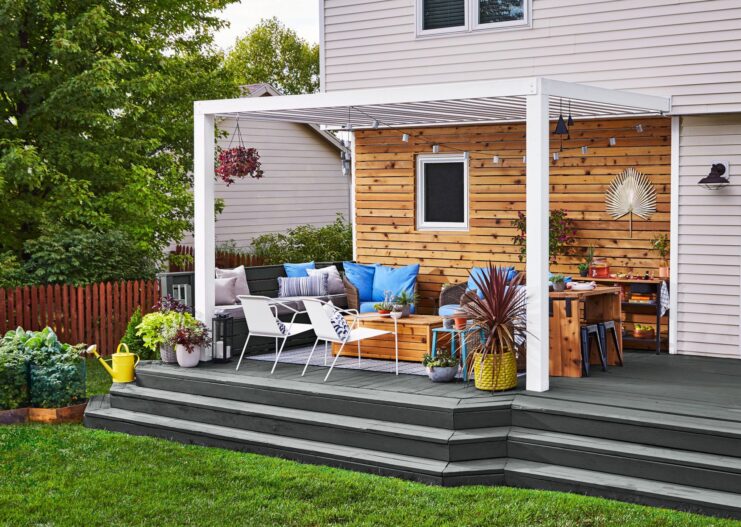Raised decks serve as beautiful and functional outdoor extensions to homes, offering a space for relaxation and entertainment above ground level. Their elevation provides a unique perspective of your surroundings, making them a sought-after feature for homeowners. Before diving into construction, it’s crucial to understand that building a raised deck requires meticulous planning and preparation. This blog post aims to guide you through the process, offering professional tips and insights. By following these guidelines, you’ll ensure that your deck is not only structurally sound and compliant with local codes but also a visually appealing addition to your outdoor space.
Choosing the Right Location
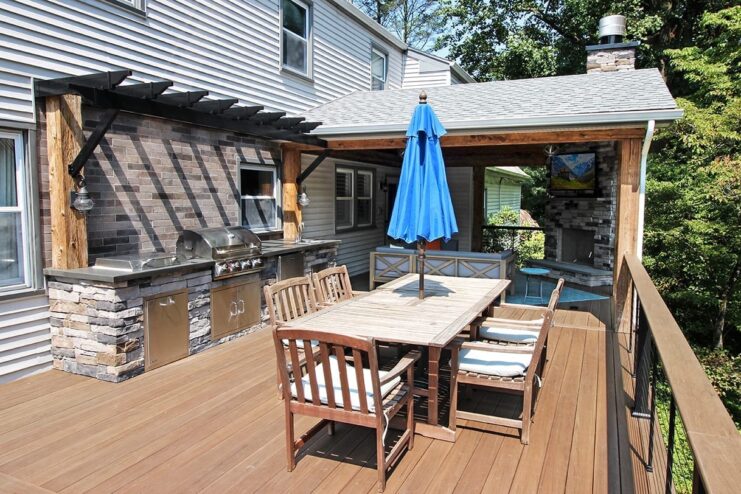
The location of your raised deck plays a pivotal role in its functionality and integration with your home and landscape. Factors such as sun exposure, views, privacy, wind patterns, and proximity to your house need careful consideration. A well-chosen spot not only maximizes the usability of your outdoor space throughout the day but also complements your home’s overall aesthetics. Additionally, understanding the landscape’s topography is crucial for the deck’s structural integrity and longevity. Thoughtful positioning that respects natural elements like mature trees can provide shade and enhance the serene ambiance of your outdoor haven.
Getting the Necessary Permits
Before any construction begins, securing the necessary permits is a critical step. These permits ensure your deck’s design complies with local building codes and safety standards. Navigating the permit process can be daunting, but it’s an essential part of ensuring the legality and safety of your construction. Start by consulting your local building authority to understand the specific requirements and guidelines for your area. This may include submitting your deck plans for review and ensuring your design meets structural safety standards. By obtaining the proper permits, you protect yourself from potential legal complications and ensure your deck is a safe, enjoyable space for years to come.
Designing Your Raised Deck
Designing your raised deck requires careful planning and a clear vision. Begin by considering the deck’s size, shape, and the functional zones you want to include, such as dining areas, lounging spots, or cooking stations. Take accurate measurements of the area and sketch a detailed plan, keeping in mind the flow of movement and how the deck will connect to your home. Factor in elements like steps, railings, and the integration of existing landscape features. A well-designed plan not only ensures a smoother building process but also results in a deck that complements your lifestyle and enhances your home’s outdoor space. If you’re lacking ideas in this domain contact decksforlife.ca.
Materials and Tools
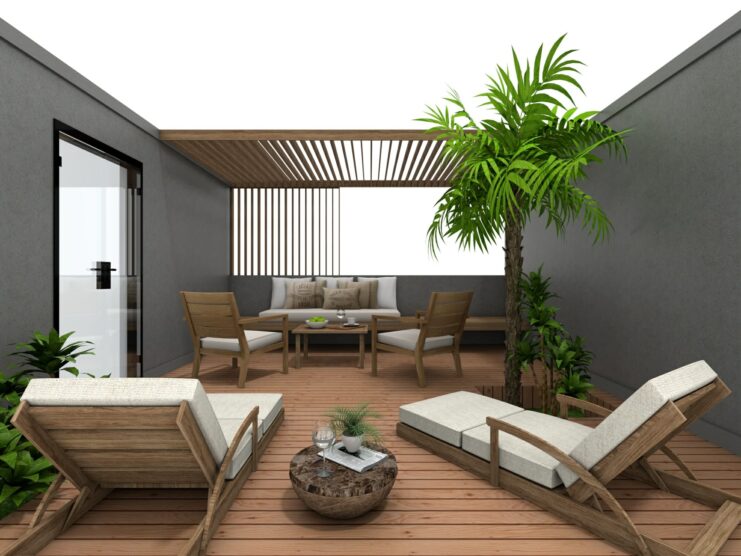
Choosing the right materials and tools is crucial for building a durable and aesthetically pleasing raised deck. Common decking materials include wood, composite, and PVC, each with its pros and cons. Wood offers natural beauty but requires regular maintenance, while composite and PVC provide durability and low maintenance but at a higher initial cost. Selecting quality materials resistant to weather, decay, and pests is vital for the longevity of your deck. Alongside materials, having the right tools at hand, such as saws, drills, and measuring equipment, ensures precision in construction and a more efficient building process.
Foundation and Footings
A stable foundation is the cornerstone of a safe and durable raised deck. The foundation supports the entire structure, and its quality directly impacts the deck’s longevity and safety. Digging and pouring concrete footings form the basis of this foundation. These footings must be level, properly spaced, and deep enough to reach below the frost line in colder climates. Adhering to local building codes and ensuring the footings are correctly positioned and constructed provides a solid base for your deck, preventing future issues such as sinking or shifting.
Framing the Deck
Framing is the skeleton of your deck, providing the structure on which everything else rests. The process involves installing a ledger board against your house, setting support beams, and attaching floor joists. Using pressure-treated lumber is essential for resisting moisture and pests, ensuring your deck’s frame remains strong and durable over time. Properly spacing and securing the joists are crucial for a stable and level deck surface. Attention to detail during the framing stage sets the foundation for a safe and long-lasting deck.
Installing Decking Boards
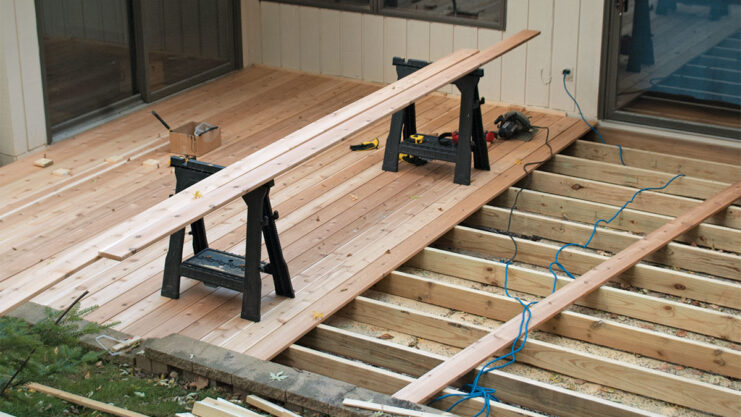
Installing decking boards is one of the most visible stages of building your deck. It involves laying the boards across the joists, ensuring even spacing, and securing them in place. Deciding on the pattern and direction of the boards influences the deck’s final appearance and can add a unique touch to your outdoor space. Whether you choose a simple or intricate pattern, it’s essential to use the right fasteners and maintain consistent spacing for a clean and professional finish. This stage transforms the structural elements of your deck into an inviting and functional outdoor living area.
Adding Railings and Balusters
Railings and balusters are not only safety features but also significant design elements of your deck. They provide stability, prevent falls, and define the perimeter of your outdoor space. Installing them correctly is crucial for ensuring they withstand weight and resist wobbling. Choosing a railing style that complements your deck and overall home aesthetic can enhance your outdoor area’s look and feel. Adhering to local building codes regarding railing height and baluster spacing is essential for safety and compliance.
Finishing Touches
The finishing touches are what set your deck apart and make it truly yours. This includes adding trim, fascia, and skirting to conceal the underlying structure and provide a polished look. Staining or sealing your deck not only adds color and enhances the wood’s natural grain but also protects it from the elements, extending its lifespan. Select finishes that match your home’s style and withstand your local climate. These final details elevate the overall appearance of your deck and contribute to its durability and maintenance.
Maintenance and Care
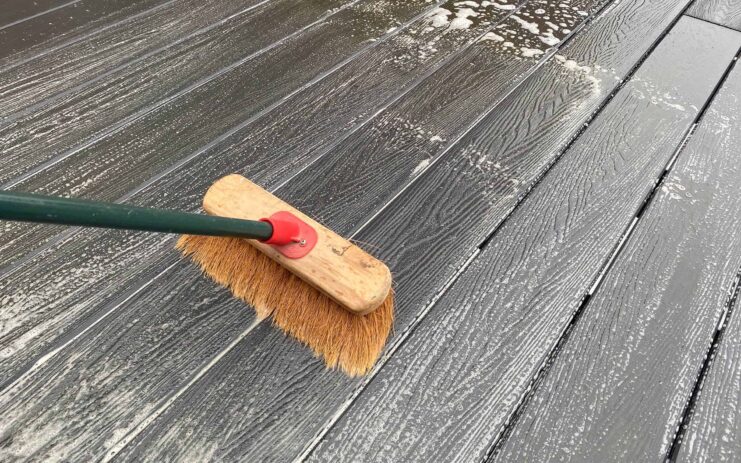
Maintaining your raised deck ensures its beauty and safety for years to come. Regular cleaning, inspecting for damage, and addressing issues like loose boards or railings are crucial. Seasonal maintenance, such as sealing or staining, protects the wood from moisture and sun damage. Keeping an eye on potential problems like rot or insect infestation and addressing them promptly can prevent more extensive and costly repairs. A well-maintained deck not only looks better but also provides a safer space for you and your loved ones to enjoy.
Conclusion and Final Tips
Building a raised deck is a rewarding project that enhances your outdoor living space and increases your home’s value. Remember, careful planning, understanding local codes, choosing the right materials, and maintaining your deck are key to its success. Don’t hesitate to consult professionals for advice or help with complex aspects of your project. We encourage you to share your deck-building experiences and ask questions. Your new outdoor space awaits – happy building!

